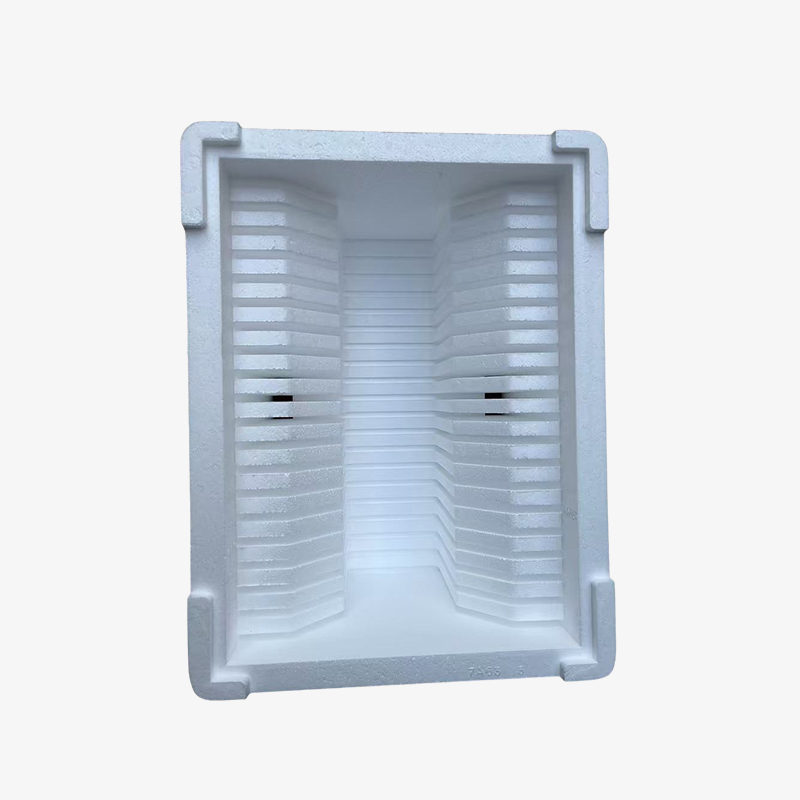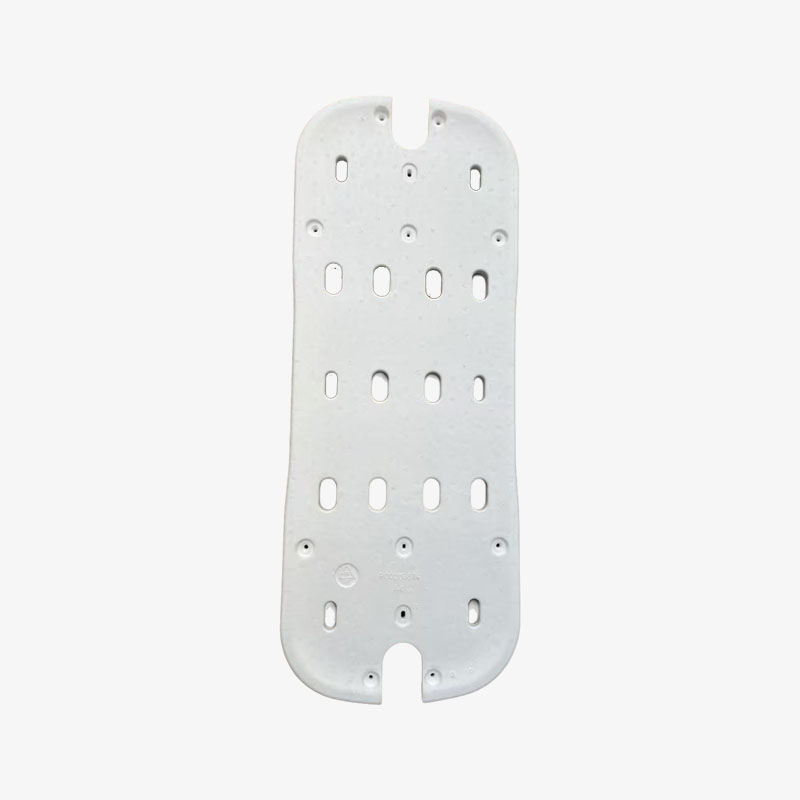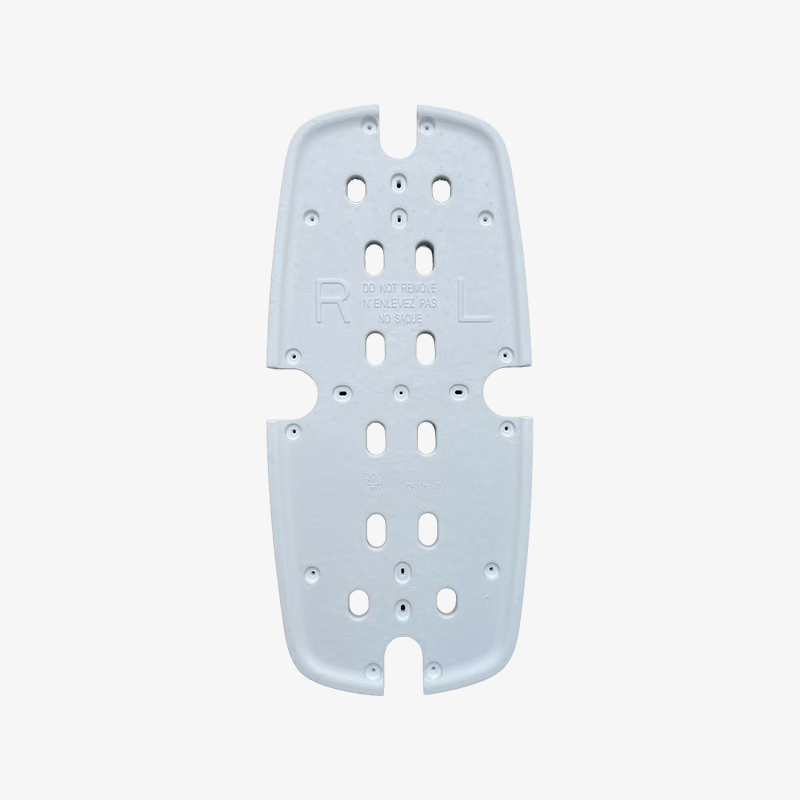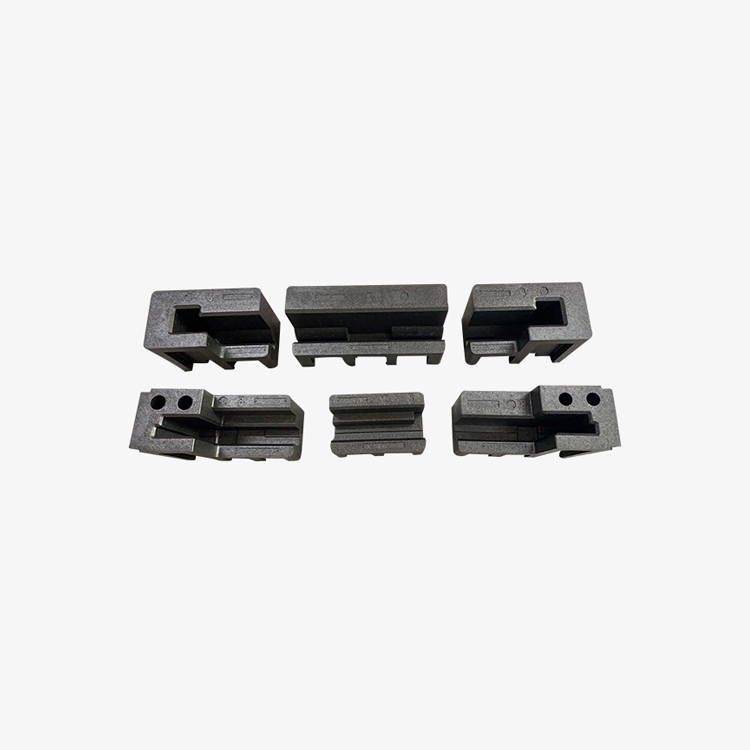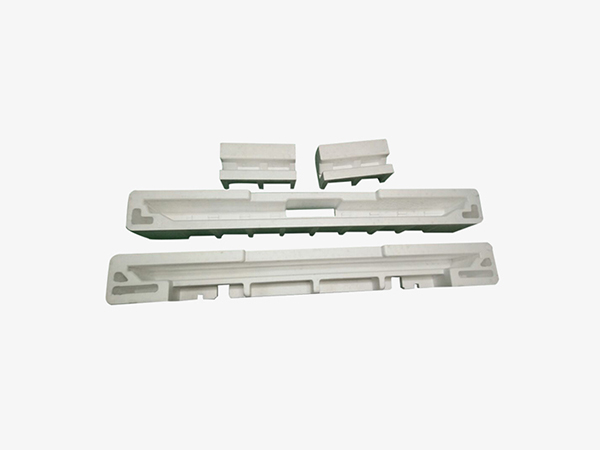With the rapid development of the domestic and international automotive industry, modern cars have increasingly high requirements for vehicle lightweighting and indoor air quality. Replacing metal products with non-metallic ones has always been an important means of reducing weight in automobiles, which can effectively reduce vehicle fuel consumption, improve energy utilization, reduce automobile exhaust emissions, and thus reduce pollution. So what are the characteristics of EPP materials? Below, let's learn together:
1. Characteristics of EPP material
EPP material is a kind of high crystalline foam material with excellent performance. It is made of high melt strength polypropylene resin with CO2 gas as foaming agent under high temperature and high pressure. EPP materials with different densities can be prepared by changing the foaming temperature and pressure. Due to the characteristics of polypropylene itself and its unique foaming molding process, EPP materials have a series of excellent properties.
1.1 Emissions of EPP
It has been found that most of the odor and volatile organic compounds (VOC) in the car come from foam materials. Therefore, reducing the emission of small molecules from foam materials can effectively improve the air quality in the car. Compared with other foam materials for automobiles, EPP foam does not add any additives in the process of foaming and molding, which makes it have good odor and low VOC emission performance.
The comparison of odor test data (1L bottle method) of native PUR foam, regenerated PUR foam, chemical cross-linked polyethylene foam (XPE), polystyrene foam (EPS), ethylene vinyl acetate copolymer foam (EVA) and EPP foam commonly used in automobile interior decoration shows that the odor of EPP foam is significantly lower than that of other foam materials.
It is a comparison of VOC emission data (10L bag method) of several commonly used foam materials in automotive interior decoration. It can be seen that the VOC emission characteristics of EPP foam and XPE foam are significantly better than those of other foam. At the same time, the odor of EPP foam is better than that of XPE foam. Therefore, the application of EPP materials instead of other foam materials can better improve the air quality in the vehicle.
1.2 Comprehensive Performance of EPP
EPP material has excellent heat resistance of polypropylene, and its operating temperature can reach 120 ℃. At the same time, it also has good thermal insulation, sound insulation, energy absorption and vibration reduction properties. The specific comprehensiveness of EPP materials can be seen. As a rigid foam material, EPP has a wide range of foaming times and adjustable density. Its mechanical properties (tensile strength and 50% compressive strength) vary greatly with the increase of density, so it can be used in different parts of the vehicle and different functions. At the same time, its 100% recyclable characteristics also make it meet the current repeatedly strengthened environmental regulations. Based on these advantages, the application of EPP materials in automotive components is becoming increasingly widespread.

